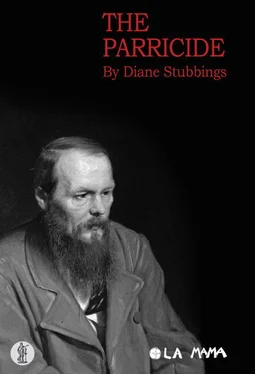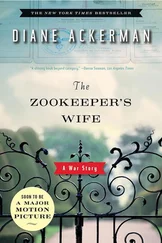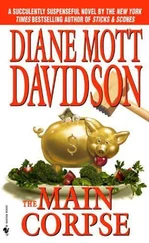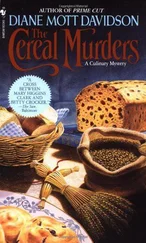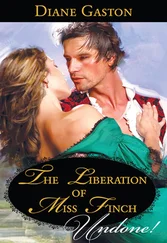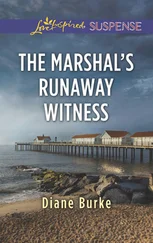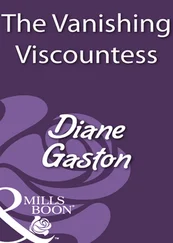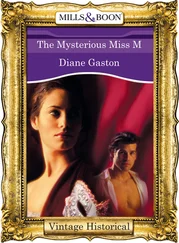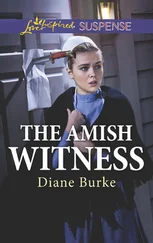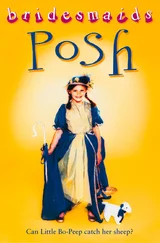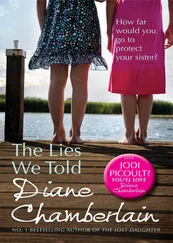In October 2011, we were working on a script development of The Parricide . One morning, one of the actresses rang me, very flustered. There was a traffic jam on the freeway, she was running very late, but had I heard the news? There was a serious riot happening in Melbourne CBD! Her excitement was contagious and those of us already at rehearsal tuned in to listen to the battle between the police and Occupy Melbourne protestors. The energy and passion of that violence fed directly into our exploration of revolution in Dostoyevsky’s Russia, making it more real, less ‘historical’. We clearly saw that intense—sometimes violent—responses to an unjust society continue to happen. And though the Occupy movement is no longer active in Australia, the daily news from around the world forces us to think about the rights and wrongs of revolutionary activity.
The other aspect of The Parricide story that makes it so relevant to today (and every day) is the human relationships underlying societal forces. Playwright, Diane Stubbings, cleverly interweaves the stories of Dostoyevsky’s The Brothers Karamazov and The Gambler with Dostoyevsky’s relationships at the time of him meeting and marrying his second wife, Anna. Through this, she investigates the personal reasons for getting (or not getting) involved in social activism.
Dostoyevsky was a passionate and fascinating man: the initial moments of his ongoing epilepsy gave him instances of almost unbearable bliss; his addiction to gambling, where catastrophic losses meant he felt pure and inspired to write; his liaisons with some of Russia’s most intellectual women. These subjects alone would make this play intriguing, but we also have the pleasure of investigating the genesis of some of his works of literary genius. Rich and dramatic territory indeed!
Karen Berger
ACKNOWLEDGEMENTS AND SOURCES
Particular thanks is owed to the R.E. Ross Trust and Parnassus’ Den who have generously supported the development of this play.
Thanks also to Dave Letch whose guidance and expertise have been indispensable in getting the play to this point, and to Timothy Daly, who first saw the potential in this story and encouraged me to keep working on it.
Thank you to everyone at La Mama, particularly Maureen Hartley, and to Drayton Morley from Parnassus’ Den for the work he puts into fostering Australian writing.
The play owes much to Joseph Frank’s five volume biography of Dostoyevsky; Anna Dostoyevskaya’s Reminiscences ; David Magarshack’s translation of The Brothers Karamazov ; both the David Magarshack and the David McDuff translations of Crime & Punishment ; the diaries of Polina Suslova; Selected Letters of Fyodor Dostoyevsky , edited by Joseph Frank and David I. Goldstein; and, The Odd Man Karakozov by Claudia Verhoeven.
Finally, thank you to all the actors who have worked on the play, especially David Pidd, Tony Sloman, Linden Wilkinson and Jonathan Hardy. Your insights and criticisms have been greatly appreciated.
FEDYA, a novelist (early–mid 40s)
ANNA, a stenographer (about 20)
KOLYA, a publisher (late 30s)
ELENA, a feminist and revolutionary (30s)
KARAKOZOV, a student revolutionary (20s)
MITYA, a soldier (late 20s–early 30s)
ALYOSHA, a novice monk (early 20s)
GRUSHENKA, Mitya’s lover (30s)
KATYA, Mitya’s fiancée (20s)
The parts of KOLYA/ MITYA, KARAKOZOV/ALYOSHA, ELENA/GRUSHENKA and ANNA/KATYA should be doubled.
Other parts—LANDLADY, SOLDIER, STUDENTS, OFFICERS, etc.—are played by the Company.
The play requires a cast of five: two women and three men.
St Petersburg, Russia, 1860s.
The set should be open and sparse, and able to accommodate a number of different settings. There may be some chairs scattered about, as well as numerous piles of books and papers. While it will overwhelmingly represent Fedya’s dark and dingy flat, it needs to also serve as offices, streets, and the flats of other characters.
Darkness.
A slow, slow pounding. It starts soft, but gradually gets louder.
The pace of the pounding quickens.
OLD MAN: [ from out of the darkness ] Who’s there?
The OLD MAN lights a lamp. In the glow of the lamp, we see FEDYA . He is lost in thought.
Who’s there?
Barely seen, a hand comes down violently on the OLD MAN ’s head. The blow knocks the OLD MAN off his feet. He loses hold of the lamp. Another blow to the OLD MAN ’s head.
Monster! Parricide!
The light around the fallen lamp begins to take on a reddish tinge.
More blows to the OLD MAN ’s head. The blows are fevered. Urgent. The OLD MAN ’s groans slowly subside.
The noise of the blows morphs into that of a broom banging against a ceiling.
LANDLADY: [ off ] Murder! Murder!
FEDYA: Be quiet…
LANDLADY: [ off ] Officers. Hurry—!
FEDYA: Be quiet.
LANDLADY: [ off ] Before it’s me he kills—!
An explosion. Sudden. Distant.
A second explosion.
[ Off ] Mother of God! Mother of God!
A commotion somewhere outside. Voices. Whistles. All moving away from where we are.
Then a silence—a waiting silence.
A third distant explosion.
With each explosion, the intensity of the red light has increased. It is as though FEDYA is swimming in blood.
Another silence.
The sound of the broom thumping.
LANDLADY: [ off ] They’ve bombed Apraksin market, Fyodor Mikhailovich. The students have bombed the market square.
Do you hear me?!
FEDYA: Yes.
Yes.
I hear you, yes.
The banging of the broom again.
LANDLADY: And the rent from last month, Fyodor Mikhailovich! The rent from last month. I’m still waiting for it.
Silence.
FEDYA in a pool of red light.
On the other side of the stage—from a distant corner of his imagination—a figure emerges. It is MITYA , but it is impossible to see him clearly. He is just a shape in the darkness.
MITYA: [ to FEDYA] Who of us—tell me, brother—who of us hasn’t wanted him dead?
FEDYA ’s flat. The room is darkened.
FEDYA is working, scribbling notes in a notebook. (This notebook should be distinctive. It should be clear that when FEDYA is writing in the notebook—as opposed to loose sheets of scrap paper—he is working on his story of the parricide.)
MITYA —the figure from his imagination—is clearly there in the room with him. He watches over FEDYA ’s shoulder as he writes.
MITYA: You have it wrong.
[ Pointing to the notebook ] There.
I said I wanted him dead.
I didn’t say I killed him.
FEDYA: [ without looking at him ] You were jealous—
MITYA: Of my father?
FEDYA: There’s a woman—
MITYA: You think I’d kill him because of her?
FEDYA: And money.
Arguments about money.
MITYA: When have there not been?
FEDYA: She led you on, this woman. Feigned that she would accept your father’s proposal. Made you desperate…
FEDYA writes.
MITYA: Beauty’s a terrible thing, brother. Mysterious and terrible all in the one moment. I look at her and want nothing more than to destroy myself. And then to have to listen to father—boasting how he keeps three thousand roubles in the house—just so he can have her…
Читать дальше
